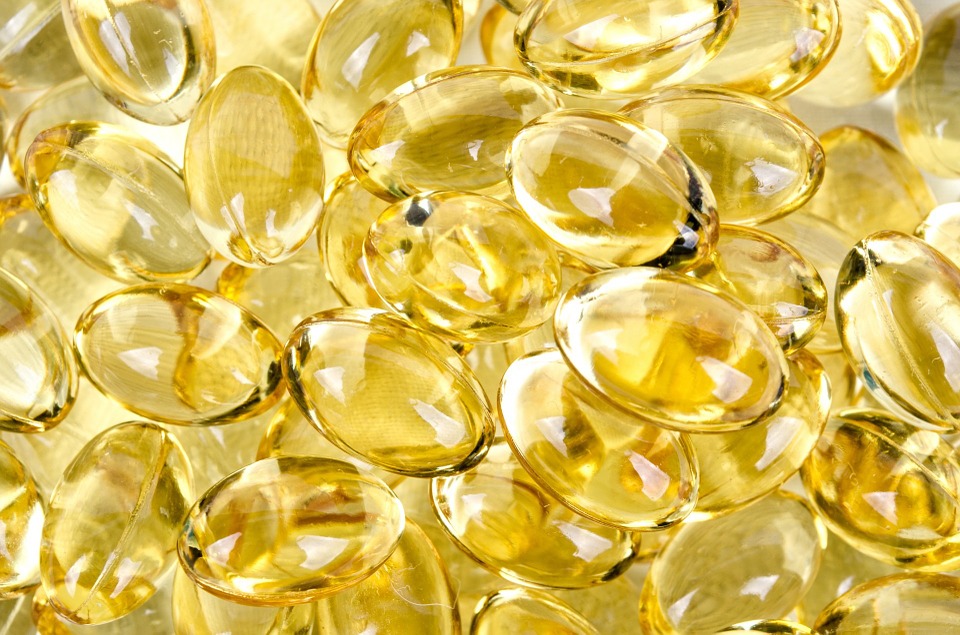
Vitamin D
Original here
“Vitamin D may help prevent rheumatoid arthritis, suggests study,” is the headline in The Guardian. This is in reference to a UK-based laboratory study looking into whether vitamin D could be used to suppress inflammation in individuals with rheumatoid arthritis.
Rheumatoid arthritis is an autoimmune disease, which means the immune system mistakenly attacks the body’s own cells. In rheumatoid arthritis, the immune system targets the cells that line the joints, causing them to become swollen (inflamed), stiff and painful.
Previous laboratory research has suggested that vitamin D has anti-inflammatory effects, so the current researchers wanted to see if it could help inflammatory conditions such as rheumatoid arthritis.
They analysed samples of joint fluid from people with rheumatoid arthritis and found that vitamin D did not have the expected anti-inflammatory effect that it usually does in healthy joint fluid. This was because it had a limited impact on the immune system cells, so making these immune system cells responsive to vitamin D could offer a new way to prevent flare-ups of the disease.
It could be that regularly taking a vitamin D supplement may prevent rheumatoid arthritis developing in the first place, but this is pure speculation at the moment.
For now, regardless of possible effects on inflammation, it’s recommended that all adults take a daily supplement containing 10mcg of vitamin D during the autumn and winter months. Continuing to take it during the spring and summer may have limited benefits but should be entirely safe.
Where did the story come from?
The study was carried out by a team of researchers from University College London and several institutions in Birmingham. It was funded by the European Union, National Institutes of Health, Arthritis Research UK and the Royal Society Wolfson Research Merit Award.
The study was published in the peer-reviewed Journal of Autoimmunity on an open-access basis, so it can be viewed online for free.
The Guardian’s coverage was generally balanced. However, its headline could be interpreted as referring to a much more advanced stage of research than actually was the case. The study didn’t look at the effects of giving vitamin D supplements to people with rheumatoid arthritis – it only looked at levels of vitamin D and inflammatory cells in samples in a laboratory setting.
What kind of research was this?
This was a laboratory study aiming to investigate whether vitamin D could suppress inflammation in individuals with rheumatoid arthritis and whether this effect, if confirmed, may have potential in the prevention or treatment of inflammatory disorders.
Previous laboratory research has suggested that vitamin D may be able to reduce the immune response when necessary. However, this has only involved tests on blood samples from healthy individuals. The researchers of this study wanted to look at the effects of vitamin D in individuals with inflammatory disease.
Laboratory studies are useful as early-stage research for getting an indication of biological processes and how things may work in the body. However, many more stages would be needed to better understand the role of vitamin D in rheumatoid arthritis before getting to the point of conducting a randomised controlled trial (RCT) to see whether taking vitamin D supplements would actually improve symptoms in individuals with the condition.
What did the research involve?
The researchers took samples of joint synovial fluid from 15 individuals with rheumatoid arthritis aged between 40 and 85. Synovial fluid acts much like biological engine oil by helping to keep the joints lubricated.
They analysed the samples for levels of specific white blood cells (T helper cells) and inflammatory proteins involved in the type of immune response associated with rheumatoid arthritis.
To compare responses with healthy tissue, the researchers also looked at anonymised blood samples from age- and gender-matched donors from the National Blood Service in Birmingham, UK.
The researchers cultured (grew in the lab) specific subtypes of T helper cells – Th1 and Th17 cells – known to have a role in inflammatory conditions such as rheumatoid arthritis. They then looked at the effect of vitamin D on these cells.
What were the basic results?
The researchers found that vitamin D was better able to suppress the production of inflammatory proteins by Th17 cells in the healthy blood samples than it was in the rheumatoid arthritis samples.
Vitamin D had no effect on Th1 immune cells in either of the samples.
Looking for a possible explanation, they found that vitamin D may have a reduced anti-inflammatory effect in people with rheumatoid arthritis because, in general, vitamin D had a limited effect on a type of T helper cell known as memory T cells. People with rheumatoid arthritis are thought to have higher-than-average levels of memory T cells in their synovial fluid.
How did the researchers interpret the results?
The researchers suggested: “Restoration of 1,25(OH)2D3 [the chemical formula for vitamin D] responses in memory T cells may provide a new strategy for treatment of inflammatory diseases such as rheumatoid arthritis.”
However, because vitamin D was found to have a limited effect on the T cells from the site of inflammation, they cautioned: “Vitamin D supplementation is unlikely to be successful as treatment for established active rheumatoid arthritis patients.”
Conclusion
Previous research has suggested that vitamin D has anti-inflammatory effects, so this laboratory study investigated whether vitamin D could be used to suppress inflammation in individuals with rheumatoid arthritis, to prevent flare-ups of symptoms.
However, it found that adding vitamin D to joint fluid samples from people with rheumatoid arthritis had limited success in suppressing the inflammatory response compared with the effect it has on blood from healthy donors. It seems that the memory T cells in the joint fluid samples taken from people with rheumatoid arthritis are not responsive.
If it were possible to make these cells respond to vitamin D, then this could be a new avenue for treatment. But if anything, it seems more likely that vitamin D may have potential as a way to prevent inflammatory conditions like rheumatoid arthritis from developing in the first place.
While this is an interesting possibility, this early-stage study only looked at a very small sample of people. Further laboratory studies would be needed to better understand the role of vitamin D in inflammatory conditions before research could move on to trial vitamin D supplements in the prevention or treatment of these conditions.
For the moment, we know that vitamin D is essential to keep bones, teeth and muscles healthy. It can be created by the body from direct sunlight and can also be found in a few food sources such as:
oily fish
red meat
liver
egg yolks
In the spring and summer months, most people should be able to get all the vitamin D they need from natural sunlight exposure, but taking a daily supplement of 10mcg of vitamin D is recommended during the autumn and winter months. However, there should be no risk to your health if you also choose to take a 10mcg supplement during spring and summer.
It’s advised that breastfed babies up to 1 year old should be given an 8.5 to 10mcg supplement, while children from 1 to 4 years old should be given a 10mcg supplement.




